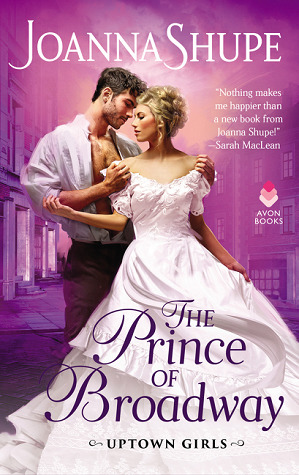 The Prince of Broadway (Uptown Girls, #2) by Joanna Shupe
The Prince of Broadway (Uptown Girls, #2) by Joanna Shupe Format: eARC
Source: supplied by publisher via Edelweiss
Formats available: paperback, ebook, audiobook
Genres: historical fiction, historical romance
Series: Uptown Girls #2
Pages: 376
Published by Avon on December 30, 2019
Purchasing Info: Author's Website, Publisher's Website, Amazon, Barnes & Noble, Kobo, Bookshop.org
Goodreads
In the second novel in Joanna Shupe's the Uptown Girl series, a ruthless casino owner bent on revenge finds his plans upended by a beautiful woman who proves to be more determined than he is—and too irresistible to deny.
Powerful casino owner.Ruthless mastermind.Destroyer of men.
He lives in the shadows...
As the owner of the city's most exclusive casino, Clayton Madden holds the fortunes of prominent families in the palms of his hands every night. There is one particular family he burns to ruin, however, one that has escaped his grasp... until now.
She is society's darling...
Florence Greene is no one's fool. She knows Clayton Madden is using her to ruin her prestigious family... and she's using him right back. She plans to learn all she can from the mysterious casino owner—then open a casino of her own just for women.
With revenge on his mind, Clay agrees to mentor Florence. However, she soon proves more adept—and more alluring—than Clay bargained for. When his plans are threatened, Clay must decide if he is willing to gamble his empire on love.
My Review:
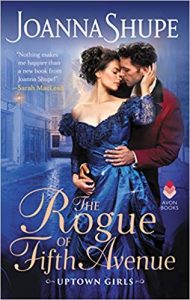 I picked this up because I loved the author’s Four Hundred series, of which the Uptown Girls are a spinoff. Admittedly I picked this entry in the series up in spite of not being all that fond of the first book, The Rogue of Fifth Avenue. That was a book where I really loved the hero but had serious problems with the heroine. Still, I liked the setting enough to try again.
I picked this up because I loved the author’s Four Hundred series, of which the Uptown Girls are a spinoff. Admittedly I picked this entry in the series up in spite of not being all that fond of the first book, The Rogue of Fifth Avenue. That was a book where I really loved the hero but had serious problems with the heroine. Still, I liked the setting enough to try again.
And I’m glad I did. It helped that this time I liked spending time with both the hero and the heroine – and in spite of this being a sequel that happens mostly in parallel with the first story, I didn’t see much of that heroine – who happens to be this heroine’s sister.
Also, the series title always gives me an earworm for Billy Joel’s song Uptown Girl – and in spite of the near-century separating the song and the series, there is a surprising amount of resonance between the two.
This is a story about two people who have done their best – or worst – to wall themselves off from ever relying on anyone else ever again. It’s both ironic and the heart of the story that they are fighting this same battle from opposite corners because they are reacting to the same man robbing them both of their choices.
Francine’s father, Duncan Greene. Not that Clayton Madden really explains the situation to Francine – at least not until it is nearly too late.
Once upon a time, Duncan Greene bought up all the houses on Delancey Street, giving the families who owned and lived in those houses only a fraction of what they were worth. Clayton and his family ended up in the tenements, his father left, his brother died, and Clayton and his mother did their best to survive.
Now he owns one of the most successful gambling houses in New York City. And he has the money and influence he needs to get his revenge on Greene.
But Francine Greene, Duncan’s middle and seemingly most reckless daughter, has been invading his casino on a regular basis, not knowing Clayton’s past history with or present plans for her father. Francine has come to this high class gambling parlor because she wants to learn how to run one of her very own. And just as Madden’s Bronze House caters only to men, Francine intends that her establishment will cater only to women.
She’s a woman determined to control her own life – and quite possibly more than a bit ahead of her time. She’s definitely gotten under Clayton Madden’s skin.
But she wants a future and Madden is stuck getting recompense for the past. She wants a partner and he’s looking for a distraction. They are not remotely on the same page. Until they figure out that they are.
Not that either of them can admit until it is nearly too late.
Escape Rating B: This is a mixed feelings kind of review. Howsomever, I definitely liked this one way more than The Rogue of Fifth Avenue, because I liked Francine a whole lot more than I did her sister Mamie. I loved Frank, but something about Mamie drove me bananas.
(BTW you definitely do not need to read that first book to get into this second one. The action in the two stories is going on at the same time so one does not really come before the other.)
Francine and Clayton are absolutely combustible together. Their very much resolved sexual tension is off the charts every time they are in the same room. And all of the other kinds of tension between them crackle in every scene.
Part of the fun of this story is the way that Francine sets every single one of Clayton’s assumptions about women of what he believes are “her kind” on their ear and then stomps them down – hard. The whole point of Francine’s desire to open a casino for women is to take control of her own destiny. That includes not marrying, not being dependent on any man including – perhaps especially including – her own father, owning her sexuality and not pretending to be anything like what society expects her to be. At All. Ever.
Clayton is much more of the typical brooding romantic hero who doesn’t believe he’s worthy of the heroine’s love. We’ve met his type before in plenty of romances and not merely historical ones.
But Francine feels like a breath of fresh air in so many ways, because she is so very much herself. Part of what makes her so real is the way that she knows her own mind but always feels like she’s not quite acceptable and has never been enough. People interpret her actions a certain way because she’s a young, beautiful and rich woman. All she wants is to be accepted for herself as she is – without allowing herself to be molded the way that society forces women to be.
At the same time, as her sister Justine reminds her, so much of Francine’s attitude, and particularly her reaction to Clayton’s machinations, are very much “first world” problems.
Clayton’s plan to hurt her father by buying her grandmother’s house – the house that her father grew up in and that both she and her grandmother love – may be emotionally painful but not devastating. Her grandmother owns three other houses! It will hurt to lose the memories that are practically baked into the place but life will very definitely go on at the same level to which they are all accustomed. The family won’t even be damaged financially.
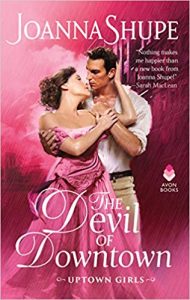 There are too many people in the New York City of the Knickerbocker Era – and today for that matter – who would be thrilled to be in the position her grandmother is in.
There are too many people in the New York City of the Knickerbocker Era – and today for that matter – who would be thrilled to be in the position her grandmother is in.
Justine’s accurately flung bucket of cold water douses much of the ire that Clayton’s actions arouse and blunts the emotional impact. That he lied to Francine about his plans is definitely a roadblock to their future happiness and he needs to – and does – an appropriate amount of groveling to win her back.
But the tension in the story loses some of its bite with Justine’s sharp reality check. But it IS a reality check that feels like it needs to be delivered.
I’m glad that the next story in the series features Justine. Because I think she’s going to find both love and a way to help a whole lot of people who need it in The Devil of Downtown. Probably with the only semi-willing assistance of that selfsame Devil.
~~~~~~ TOURWIDE GIVEAWAY ~~~~~~
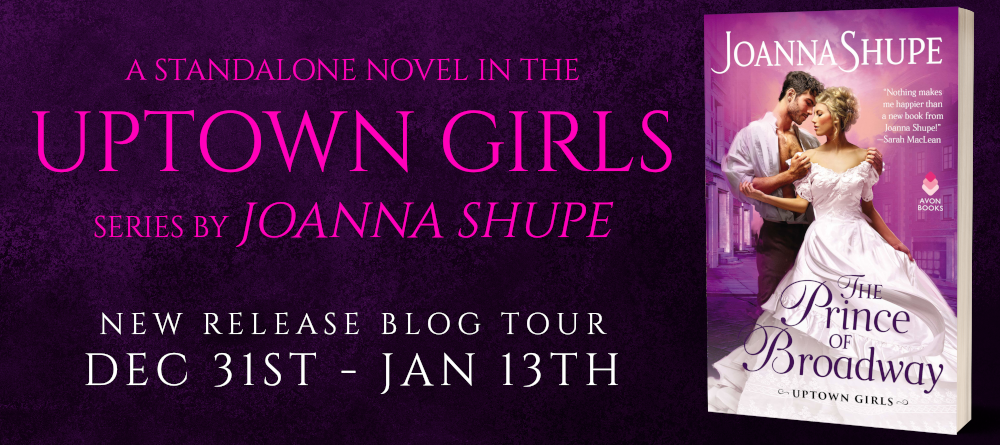
To celebrate the release of THE PRINCE OF BROADWAY by Joanna Shupe, we’re giving away a paperback set of the Four Hundred series by Joanna Shupe to one lucky winner!
GIVEAWAY TERMS & CONDITIONS: Open to US shipping addresses only. One winner will receive a paperback set of the Four Hundred series by Joanna Shupe. This giveaway is administered by Pure Textuality PR on behalf of Avon Books. Giveaway ends 1/31/2020 @ 11:59pm EST.


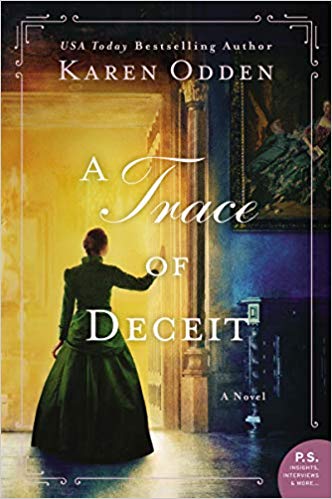 A Trace of Deceit (Victorian Mystery #2) by
A Trace of Deceit (Victorian Mystery #2) by 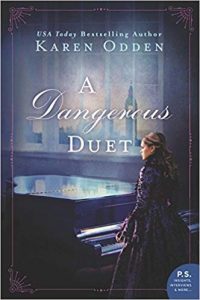 “I think all our memories have a trace of deceit in them,” at least according to Inspector Matthew Hallam, the hero of our story – and of the previous book in this series,
“I think all our memories have a trace of deceit in them,” at least according to Inspector Matthew Hallam, the hero of our story – and of the previous book in this series, 
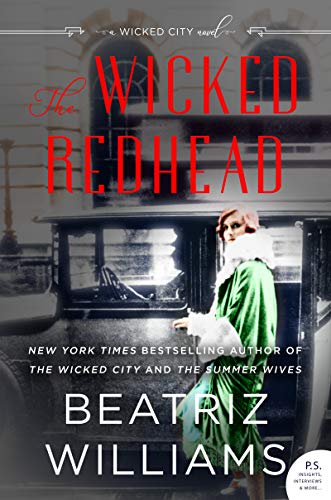 The Wicked Redhead: A Wicked City Novel by
The Wicked Redhead: A Wicked City Novel by 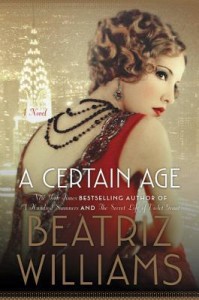 I picked up The Wicked Redhead because I absolutely loved this author’s
I picked up The Wicked Redhead because I absolutely loved this author’s  They run to Cocoa, Florida, straight to Anson’s friends Simon and Virginia, the protagonists of
They run to Cocoa, Florida, straight to Anson’s friends Simon and Virginia, the protagonists of 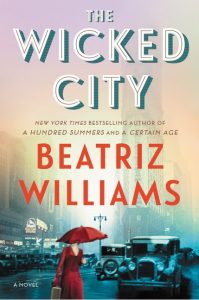 And that’s where this one fell down for me. I found Gin’s story absolutely fascinating – as I did in The Wicked City. But Ella’s story was much less interesting – but with all of those discoveries it was more of it than just a framing story. If we had stayed back in 1924 with Gin and her lovers, friends and enemies – as we did in the marvelous A Certain Age with Anson’s mother! – I’d have been a happy reader.
And that’s where this one fell down for me. I found Gin’s story absolutely fascinating – as I did in The Wicked City. But Ella’s story was much less interesting – but with all of those discoveries it was more of it than just a framing story. If we had stayed back in 1924 with Gin and her lovers, friends and enemies – as we did in the marvelous A Certain Age with Anson’s mother! – I’d have been a happy reader.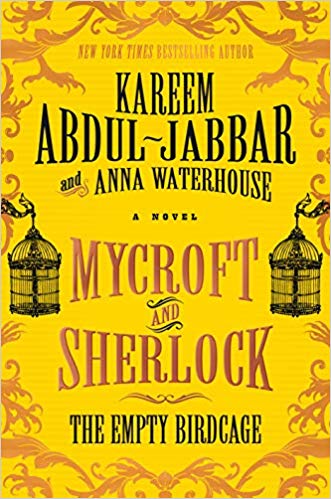 Mycroft and Sherlock: The Empty Birdcage by
Mycroft and Sherlock: The Empty Birdcage by 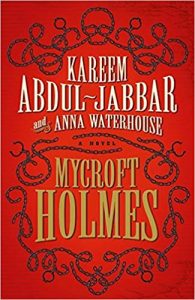 In this third book in the
In this third book in the 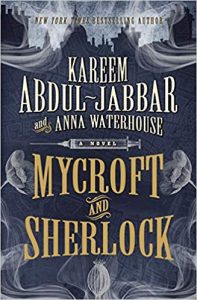 Escape Rating A-: Unlike the previous two books in the series, this is one that I listened to all the way through. I believe that the narrator, Damian Lynch, is intended to represent the older, calmer, and more dispassionate voice of Cyrus Douglas in his narration, and he does an excellent job representing Douglas as narrator and chronicler as well as voicing the considerably younger and more excitable Holmes’ Brothers.
Escape Rating A-: Unlike the previous two books in the series, this is one that I listened to all the way through. I believe that the narrator, Damian Lynch, is intended to represent the older, calmer, and more dispassionate voice of Cyrus Douglas in his narration, and he does an excellent job representing Douglas as narrator and chronicler as well as voicing the considerably younger and more excitable Holmes’ Brothers.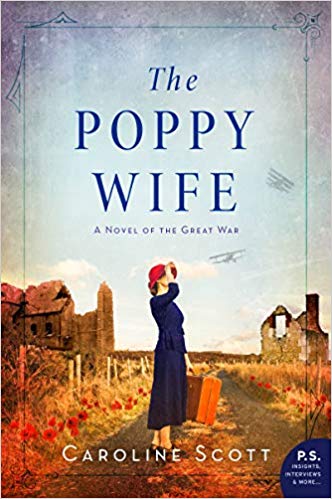 The Poppy Wife: A Novel of the Great War by
The Poppy Wife: A Novel of the Great War by 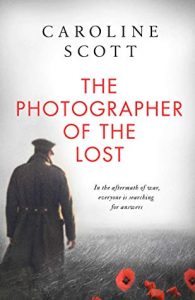 So Edie asks Harry to look, again, for Francis. Not that Harry hasn’t looked plenty of times before – and not just for Francis. After all, it’s Harry’s job to go to the battlefields and graveyards and photograph the graves, the artifacts, and the ruins. He is the photographer of the lost. (This book was originally published in the U.K. under that title,
So Edie asks Harry to look, again, for Francis. Not that Harry hasn’t looked plenty of times before – and not just for Francis. After all, it’s Harry’s job to go to the battlefields and graveyards and photograph the graves, the artifacts, and the ruins. He is the photographer of the lost. (This book was originally published in the U.K. under that title, 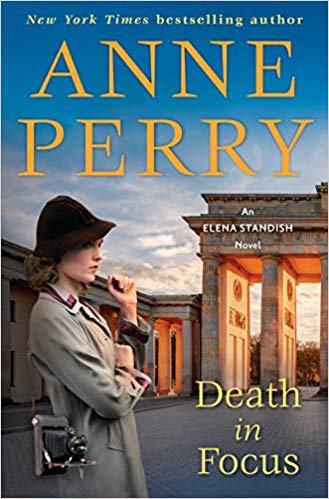 Death in Focus (Elena Standish #1) by
Death in Focus (Elena Standish #1) by 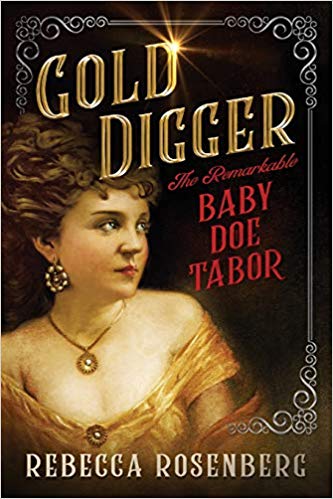 Gold Digger, The Remarkable Baby Doe Tabor by
Gold Digger, The Remarkable Baby Doe Tabor by 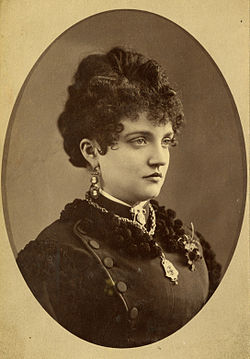
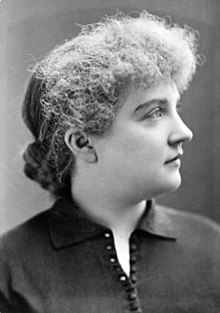

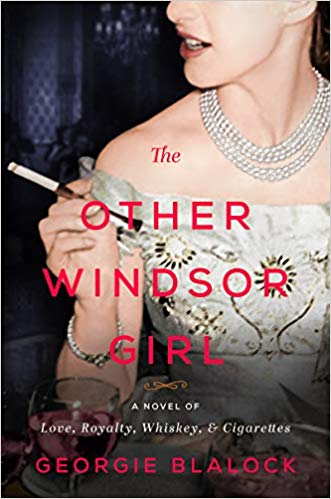 The Other Windsor Girl: A Novel of Princess Margaret, Royal Rebel by
The Other Windsor Girl: A Novel of Princess Margaret, Royal Rebel by 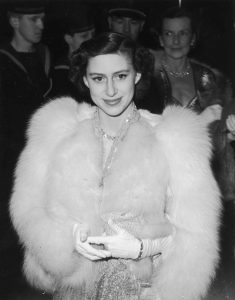
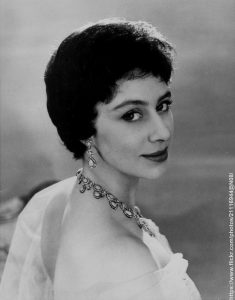
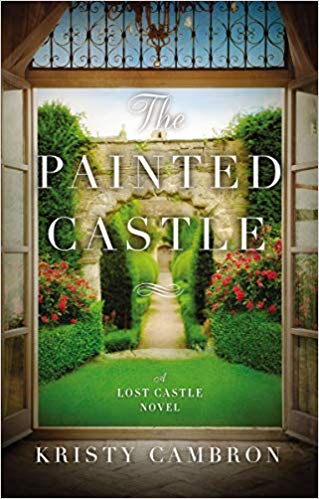 The Painted Castle (Lost Castle #3) by
The Painted Castle (Lost Castle #3) by 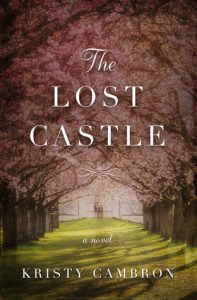 Like the previous books in this series,
Like the previous books in this series, 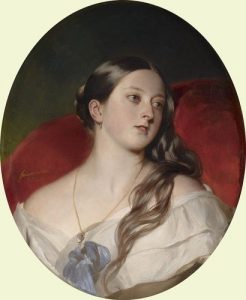
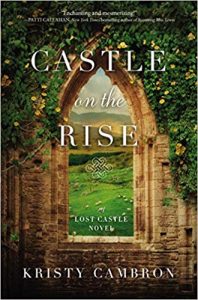 I think it’s the World War II story that had the greatest depth – or at least it’s the one that pulled at my heartstrings the strongest. But all three have their tragedies – and their triumphs.
I think it’s the World War II story that had the greatest depth – or at least it’s the one that pulled at my heartstrings the strongest. But all three have their tragedies – and their triumphs.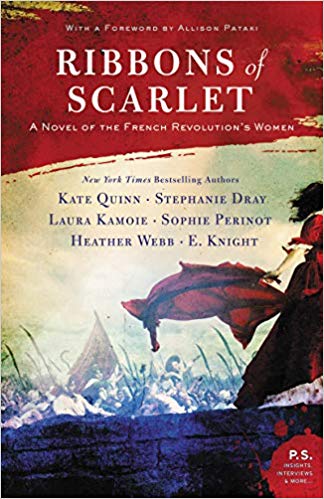 Ribbons of Scarlet: A Novel of the French Revolution's Women by
Ribbons of Scarlet: A Novel of the French Revolution's Women by 

